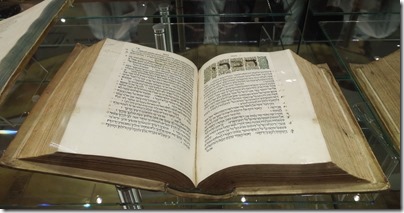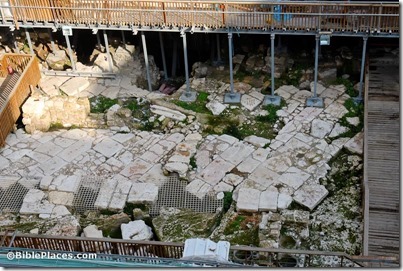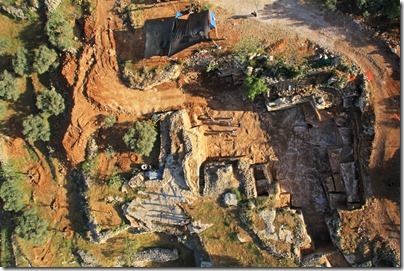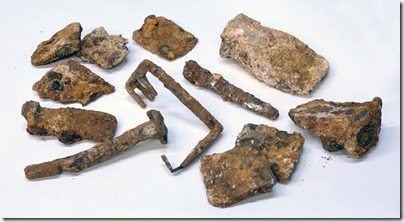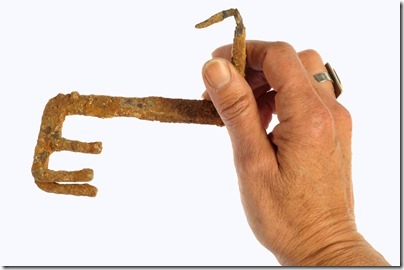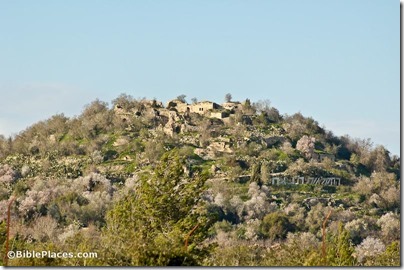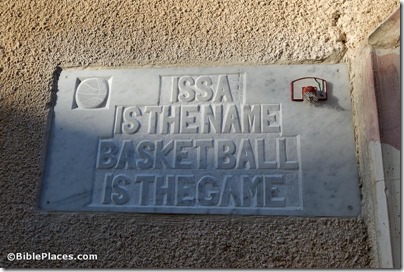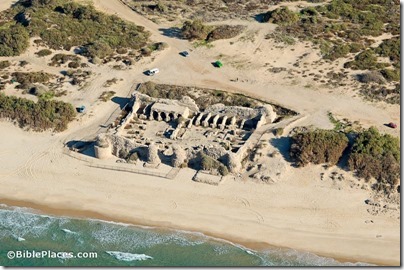A rare film from 1913 shows footage of Jerusalem and the train ride up from Jaffa. Footage of prayers at the Western Wall are shown at about the 4-minute mark. (The audio is in Hebrew.)
Leen Ritmeyer explains why he disagrees with the belief that the Shushan Gate had to be directly opposite the entrance to the Temple.
Wayne Stiles has an excellent post on the City of David and its significance in history. If you haven’t seen the new 3-D film shown at the City of David Visitor’s Center, you can watch it here.
An ultra-marathoner has completed the 600-mile Israel Trail in just 15 days.
Despite warnings that it will lead to a sharp drop in tourism, the Israeli government has approved adding an 18% tax (VAT) on services to non-Israelis.
Highlight Israel shares a 30-second time-lapse video of the sun setting over the Old City of Jerusalem.
Menachem Kaiser praises the Israel Museum’s exhibit of King Herod for not only representing his great buildings but for revealing the man himself.
The 2012 Bethsaida field report is now online. Figure 2 is a scarab dated to the 8th century and possibly connected with Israel’s royal house. Previous field reports are available here.
Geza Vermes died this week. Mark Goodacre reflects on his legacy.
One of the best Bible collections in the world opened Thursday evening in Dallas. The Museum of
Biblical Art houses the new Charles C. Ryrie Library with more than 100 rare Bibles, including the
Wycliffe New Testament (1430), Tyndale’s Pentateuch (1530), Bomberg’s Biblia Hebraica (1521),
the Complutensian Polyglot (1520), and the “Wicked Bible” (1631).
HT: Judi King, Mark Hoffman
